Japanese Food and Sake Over at Kabuke
by Darinee Durai
@ 13 Dec 2017


DD: How often will the menu rotate?
KH:The menu will change every 3 months to keep things fresh. On top of that, we have daily/weekly specials for both food and sake so that there is always something new.
 DD: Where does Kabuke source most of its ingredients from?
DD: Where does Kabuke source most of its ingredients from?
KH:We currently work with suppliers who import directly from Japan for our ingredients. We also get some special items or sake directly from source.
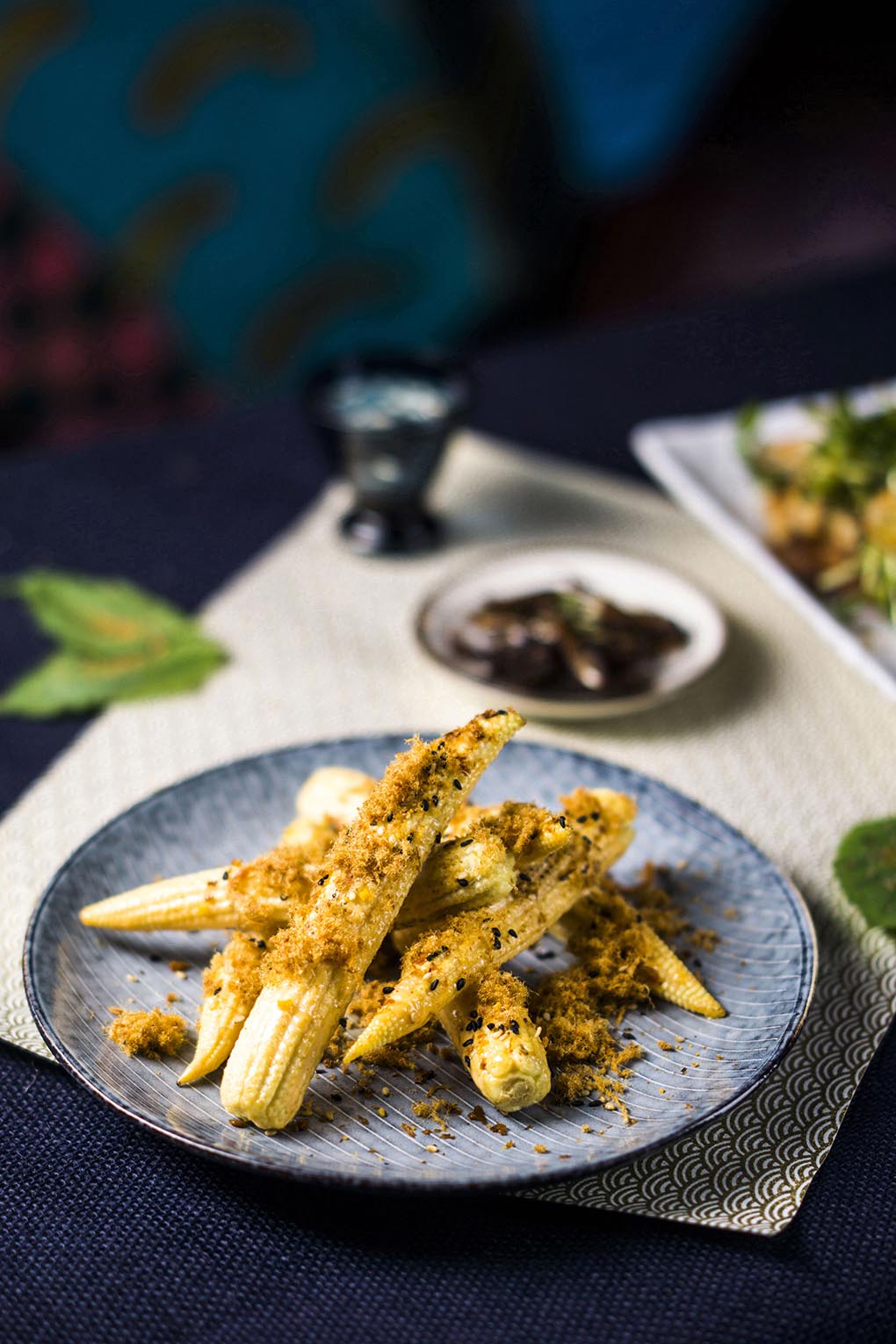
DD:What are the more innovative/traditional techniques chef has decided to use?
KH:Chef Rio’s main focus is to bring through the natural flavours and innate characteristics of the ingredients, and innovating by playing the flavours against each other, rather than focusing on techniques.

Image: Cold Tofu Furikake
DD:What is the difficulty in pairing sake with the food?
KH:Modern style sake tend to be more aromatic and lighter in flavours, so that limits the range of food that it can be paired with to dishes that are more clean and light. Another difficulty is the local palate for spicy food made with South East Asian spices that are much spicier than the Japanese ones. So most sakes are not able to hold up and may taste weird. That is why at Kabuke, we do not really have any spicy items, other than the Baby Corn dressed with Sriracha Mayo.
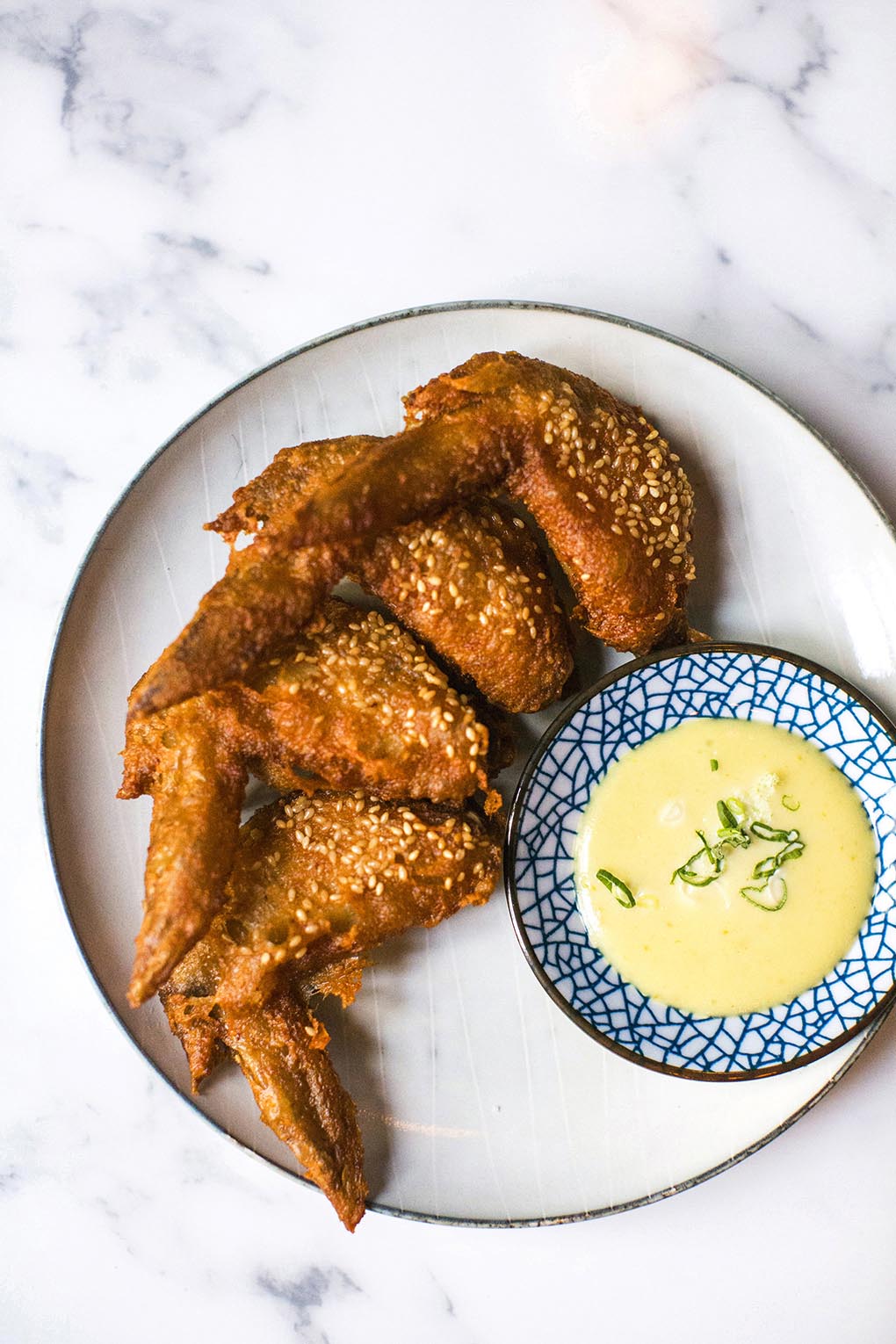
Image: Crispy Goma Wings
DD:What prefectures do most of the sakes come from?
KH:We have sake from 18 prefectures currently. Hyogo and Niigata are of course represented, but we have oft overlooked prefectures such as Mie, Miyagi, Saga, Ishikawa, and Fukui as well.
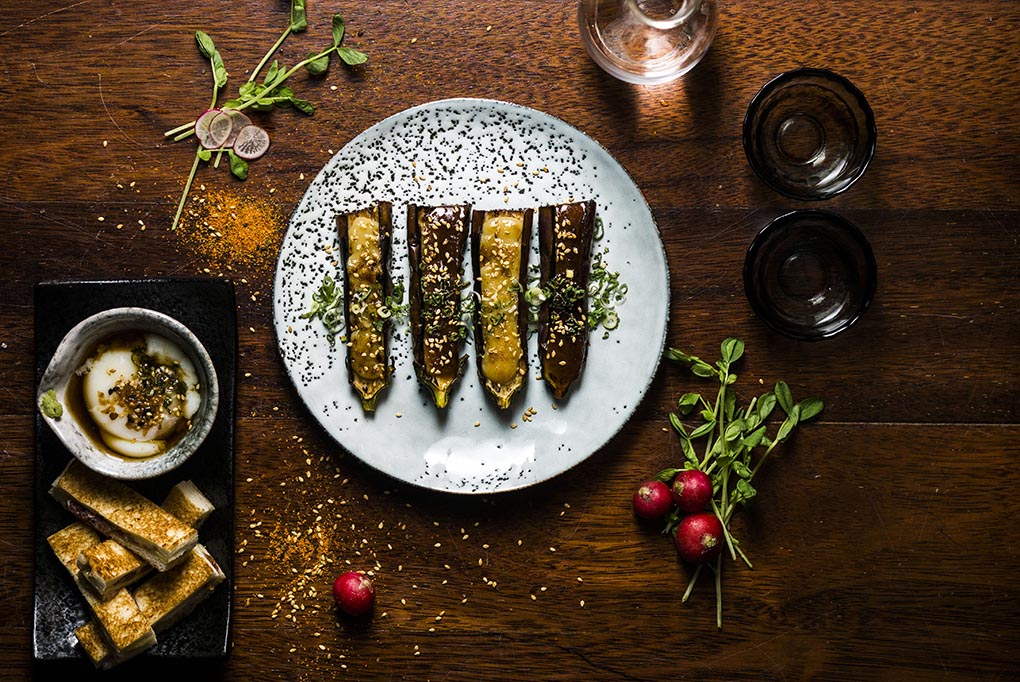 DD: Are you worried about the reception of the sake pairings in Singapore?
DD: Are you worried about the reception of the sake pairings in Singapore?
KH: Thanks to increasing global travel, more people are exposed to new food and drink concepts and ideas. Singaporeans have also always been big on trying new food and concepts. We definitely do see the uptick in market for sake, it is just a matter of timing, and hopefully we are on the correct side of the market trend.
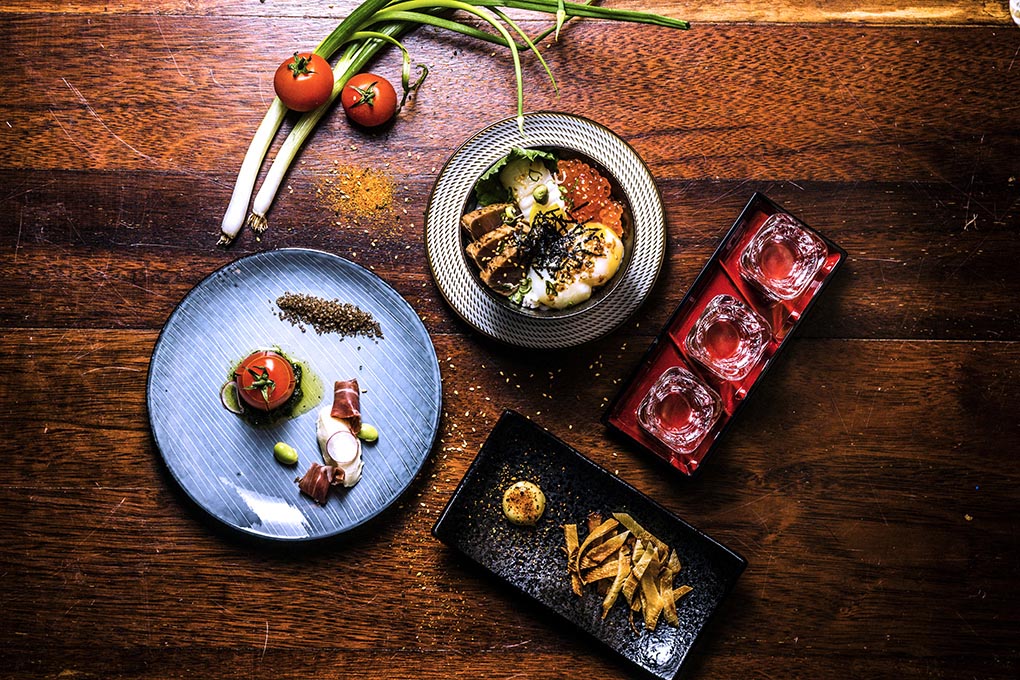
DD: What are your favourite pairings and why?
KH: Pairing oysters, European cheese, and charcuterie like Iberico Jamon, salami, and pate, with sake. These European foods contain umami as well, and are a great match with sake as sake has high umami content not found in wines.
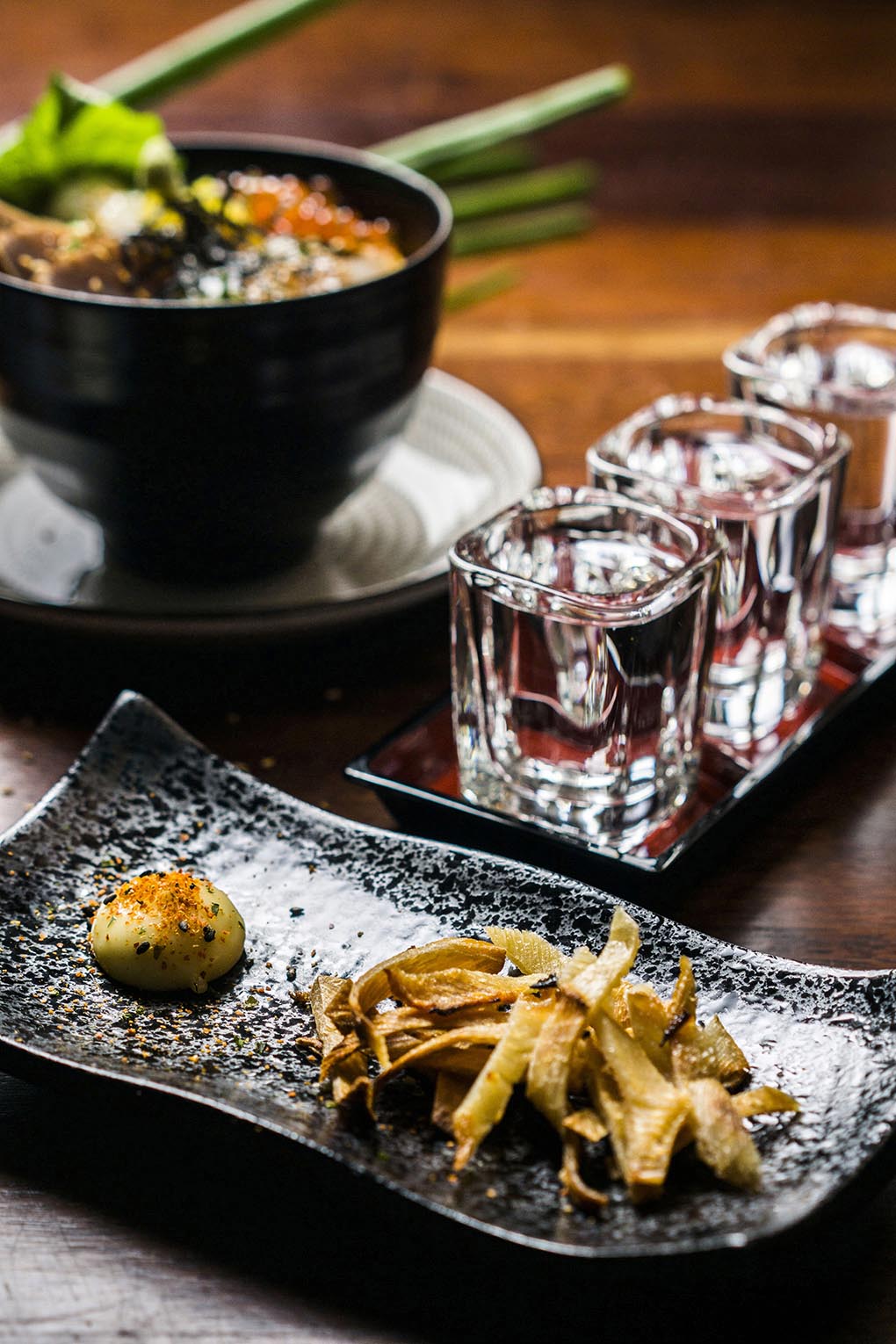 DD: How many variety of sakes are available in Kabuke?
DD: How many variety of sakes are available in Kabuke?
KH: We carry over 20 labels of sake at any point of time. Some are off menu items, such as seasonal sake. Some are limited edition or special requests from our guests.
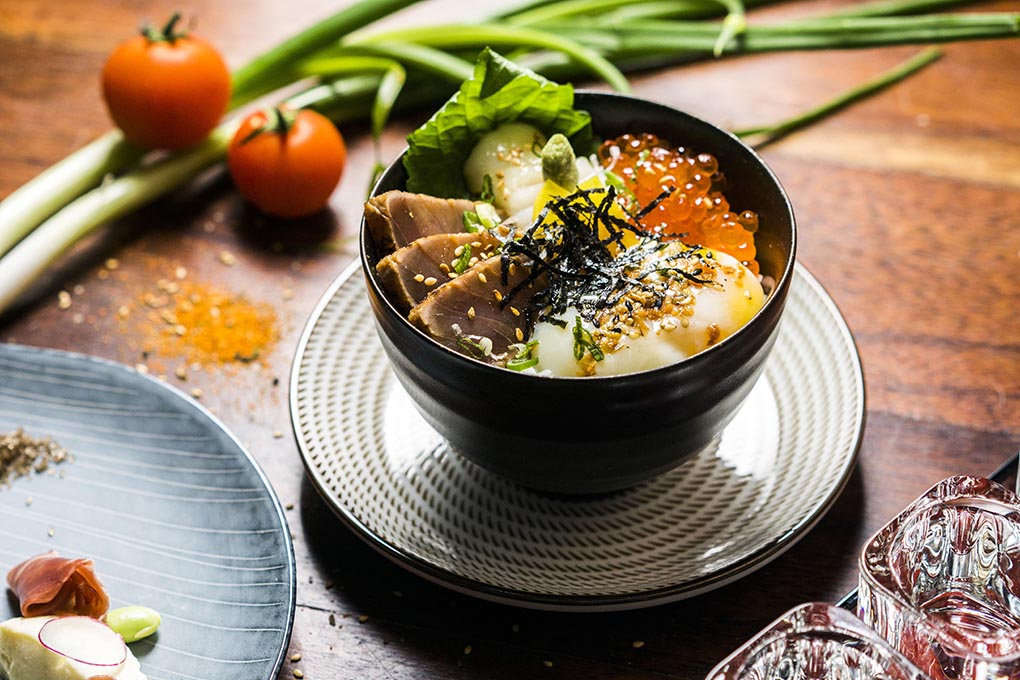 DD: Is there going to be a sake program?
DD: Is there going to be a sake program?
KH: We are currently working on something, so stay tuned!
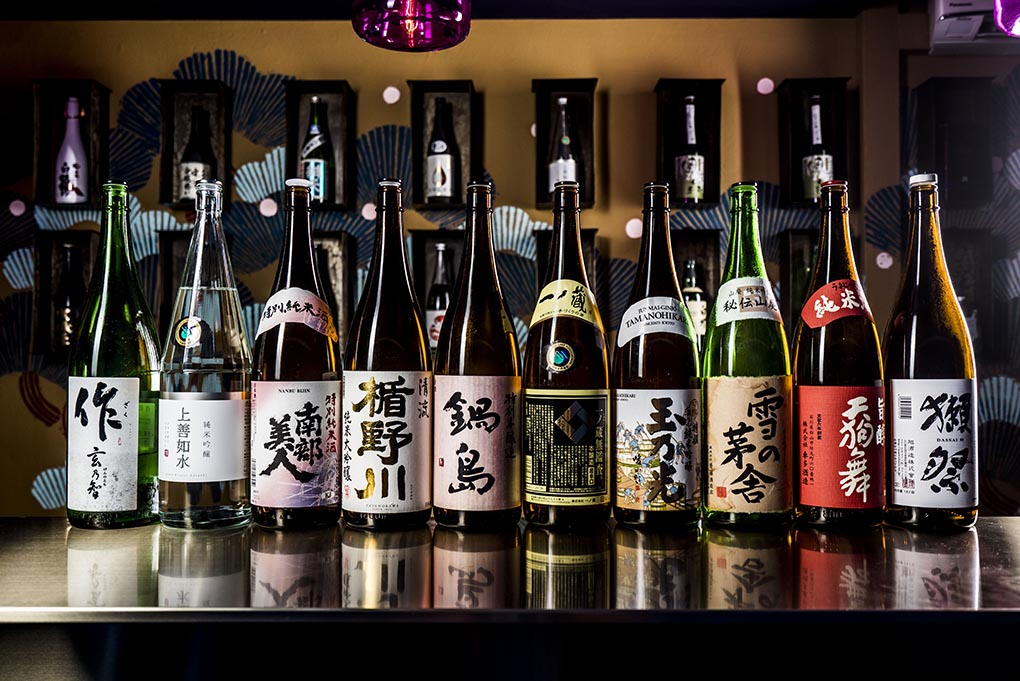 DD: How do you choose what other types or brands of sakes to bring in?
DD: How do you choose what other types or brands of sakes to bring in?
KH: Every menu has a theme, and for our first one we were focused on having sake that are easy to drink and are a good introduction to sake for those who are unfamiliar but want to try. At the same time, these sake have good personalities of their own and represent a wide range of flavour profiles that sake can offer up.The next upcoming menu will have more sake meant for food pairing and some with complexity, but still easily understood as well. Our focus will always be on making sake accessible to everyone. And then we have the specials for those who are ready to explore beyond the readily accessible ones.












